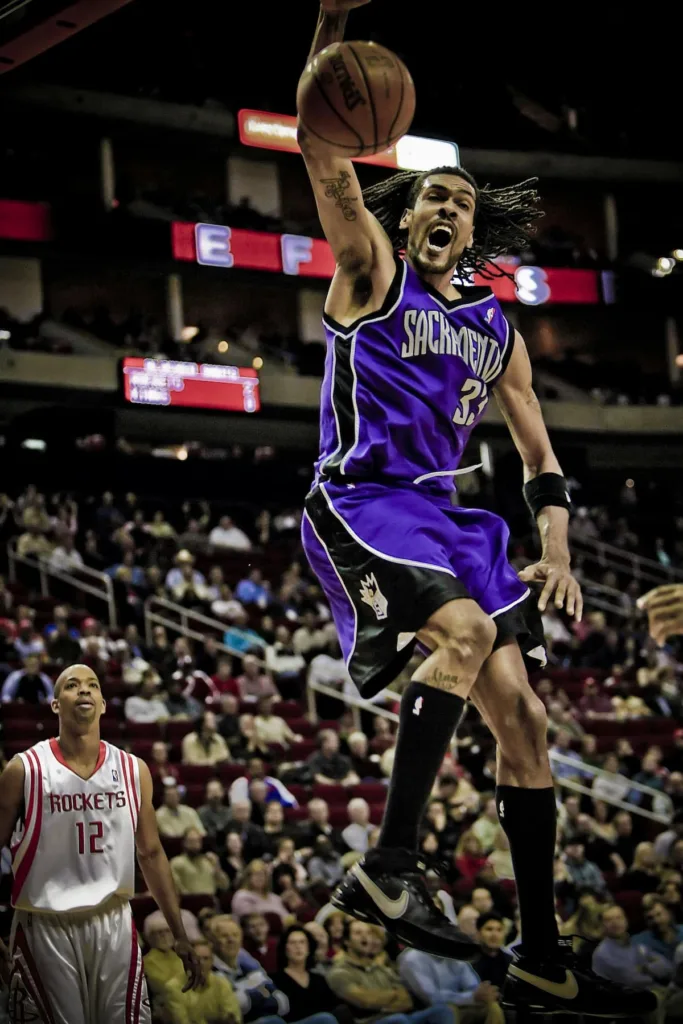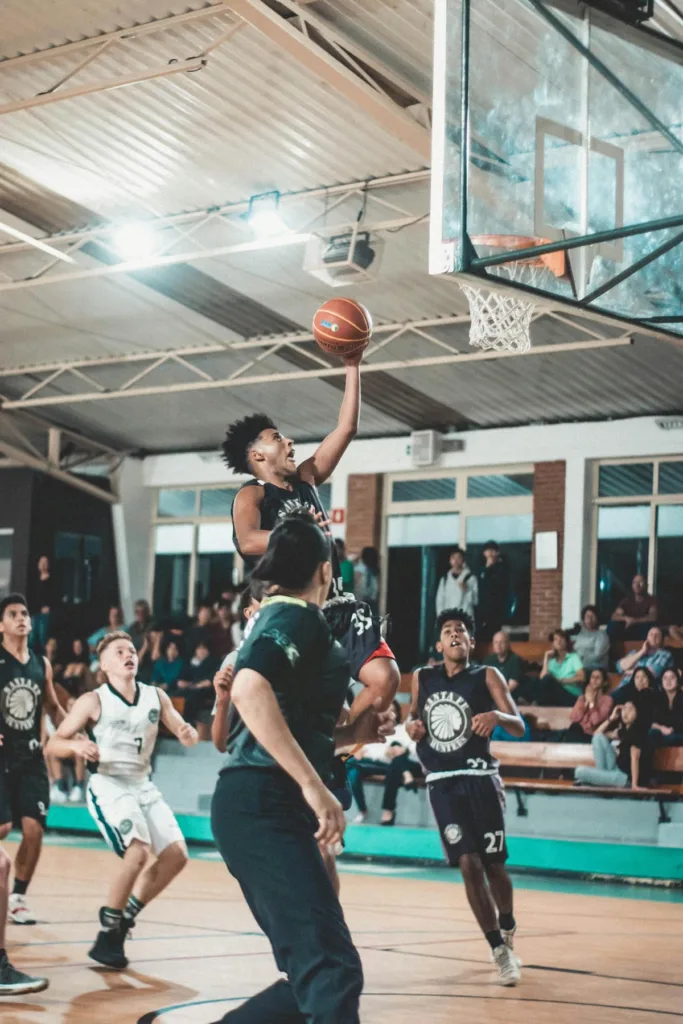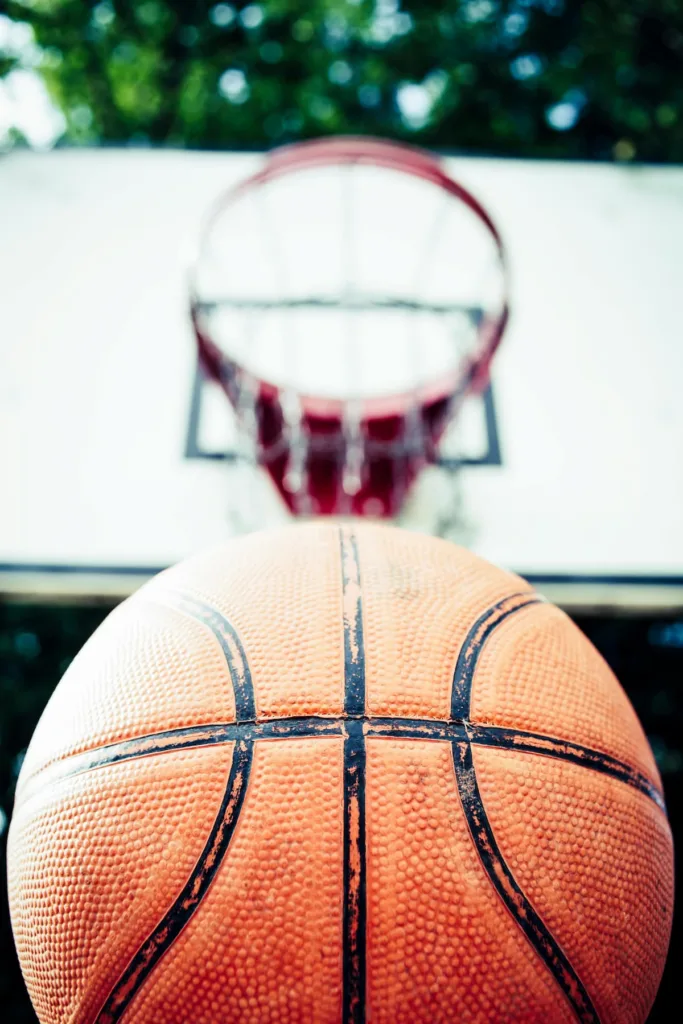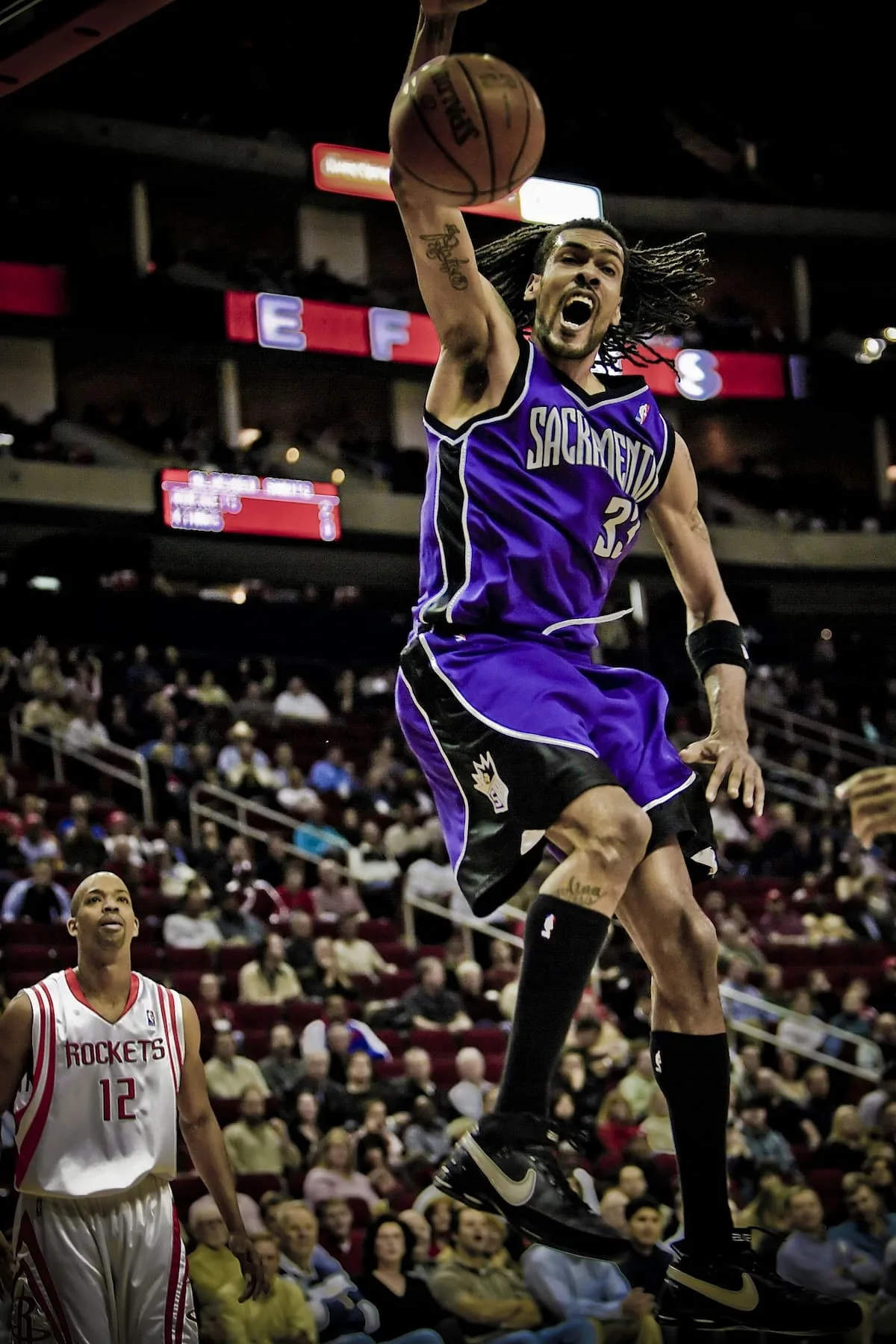Table of Contents
In the dynamic landscape of sports culture, bracketology has emerged as a significant phenomenon, shaping the way fans engage with and experience tournaments like March Madness. This article will delve into the evolution of bracketology, tracing its roots, exploring its impact on sports culture, and analyzing how it has evolved over time.
Origins of Bracketology
Bracketology, the practice of predicting the outcomes of sports tournaments, particularly college basketball’s NCAA Men’s Basketball Tournament, has its origins in the early 20th century. While informal betting pools and predictions were common among fans, the term “bracketology” gained prominence in the 1990s with the rise of televised coverage and widespread participation in bracket contests.
Rise of March Madness
March Madness, the nickname for the NCAA Men’s Basketball Tournament, has played a pivotal role in popularizing bracketology. With its single-elimination format and high-stakes matchups, March Madness captivates audiences across the country, fueling the demand for bracket predictions and analysis.
Influence of Media
The advent of the internet and social media has transformed bracketology into a global phenomenon. Sports networks, websites, and social media platforms provide extensive coverage of March Madness, offering bracket advice, analysis, and interactive tools to fans worldwide. The proliferation of online bracket contests and fantasy leagues has further fueled interest in bracketology, making it an integral part of sports culture.
Impact on Sports Culture
Bracketology has had a profound impact on sports culture, influencing fan behavior, media coverage, and even the way teams approach tournament preparation.
Fan Engagement

Bracketology has become a ubiquitous aspect of fan engagement during March Madness, fostering competition, camaraderie, and debate among friends, family, and coworkers. Fans eagerly fill out brackets, make predictions, and follow the tournament’s progress, enhancing their overall viewing experience.
Media Coverage
Media outlets dedicate extensive coverage to bracketology, analyzing matchups, seeding, and potential upsets. Bracket predictions and analysis are featured prominently in sports broadcasts, websites, and print publications, driving viewer engagement and generating excitement leading up to the tournament.

Team Strategies
Bracketology has also influenced the strategies employed by college basketball teams during March Madness. Coaches and players are aware of the expectations surrounding their seeding and potential matchups, motivating them to perform at their best and exceed expectations. Additionally, teams may study bracket predictions and analysis to gain insights into their opponents’ strengths and weaknesses, informing their game plans accordingly.
Evolution of Bracketology
Over the years, bracketology has evolved in response to changes in technology, data analytics, and fan participation. Modern bracketologists employ sophisticated statistical models, data visualization techniques, and advanced analytics to refine their predictions and gain a competitive edge.
Data Analytics
The rise of data analytics has revolutionized bracketology, allowing analysts to incorporate a wide range of variables and metrics into their predictions. Advanced statistical models, machine learning algorithms, and predictive analytics tools enable bracketologists to identify patterns, trends, and correlations that may influence tournament outcomes.
Interactive Tools
Online platforms and interactive tools have transformed the way fans engage with bracketology. Websites and mobile apps offer customizable bracket contests, live updates, and real-time analysis, providing fans with a personalized and immersive experience. Social media platforms enable fans to share their predictions, discuss matchups, and participate in online communities, enhancing the sense of camaraderie and competition surrounding March Madness.
Conclusion

In conclusion, the evolution of bracketology reflects the dynamic interplay between sports culture, technology, and fan engagement. From its humble origins to its current prominence in March Madness, bracketology has become an integral part of the sports landscape, shaping the way fans experience and interact with tournaments. As technology continues to advance and data analytics become more sophisticated, the future of bracketology promises to be both exciting and unpredictable.
Please click here for Further Exploration
Please click here to read about ADVANCED STRATEGIES FOR MASTERING BRACKETOLOGY


1 thought on “Analyzing the Thriving Evolution of Bracketology in Sports Culture: A Report”